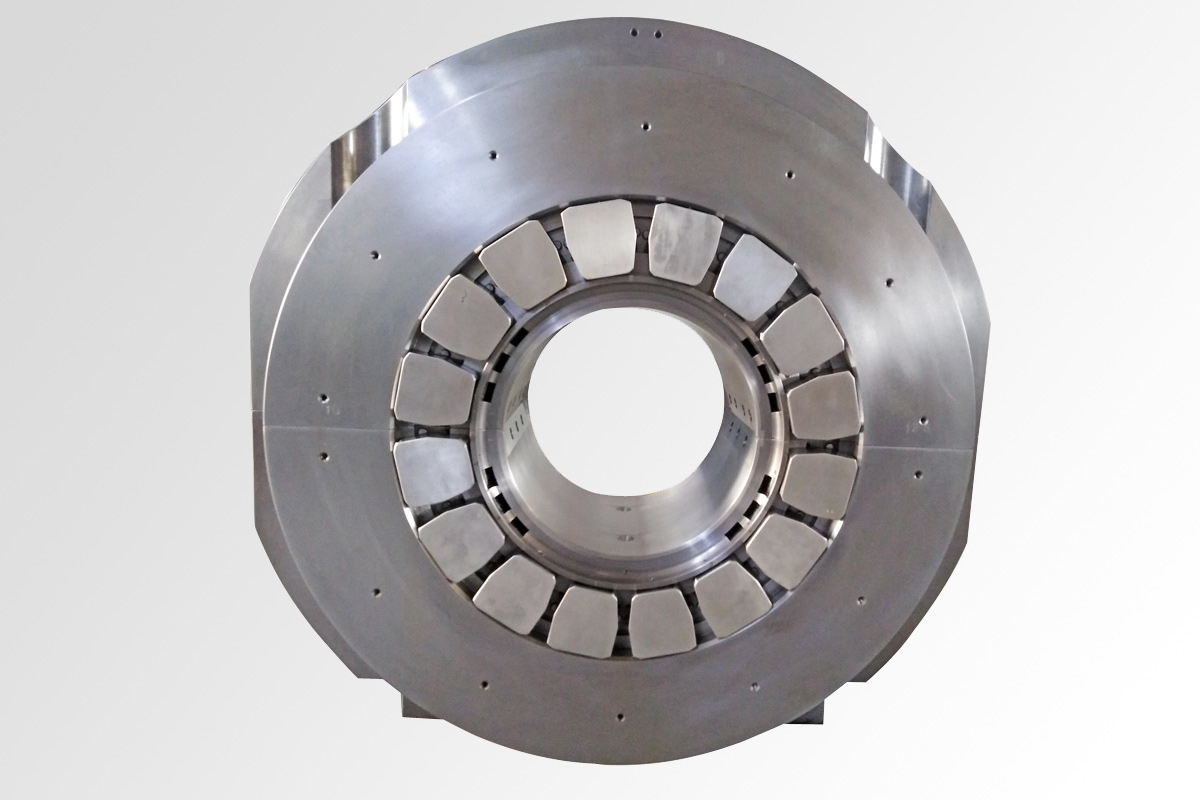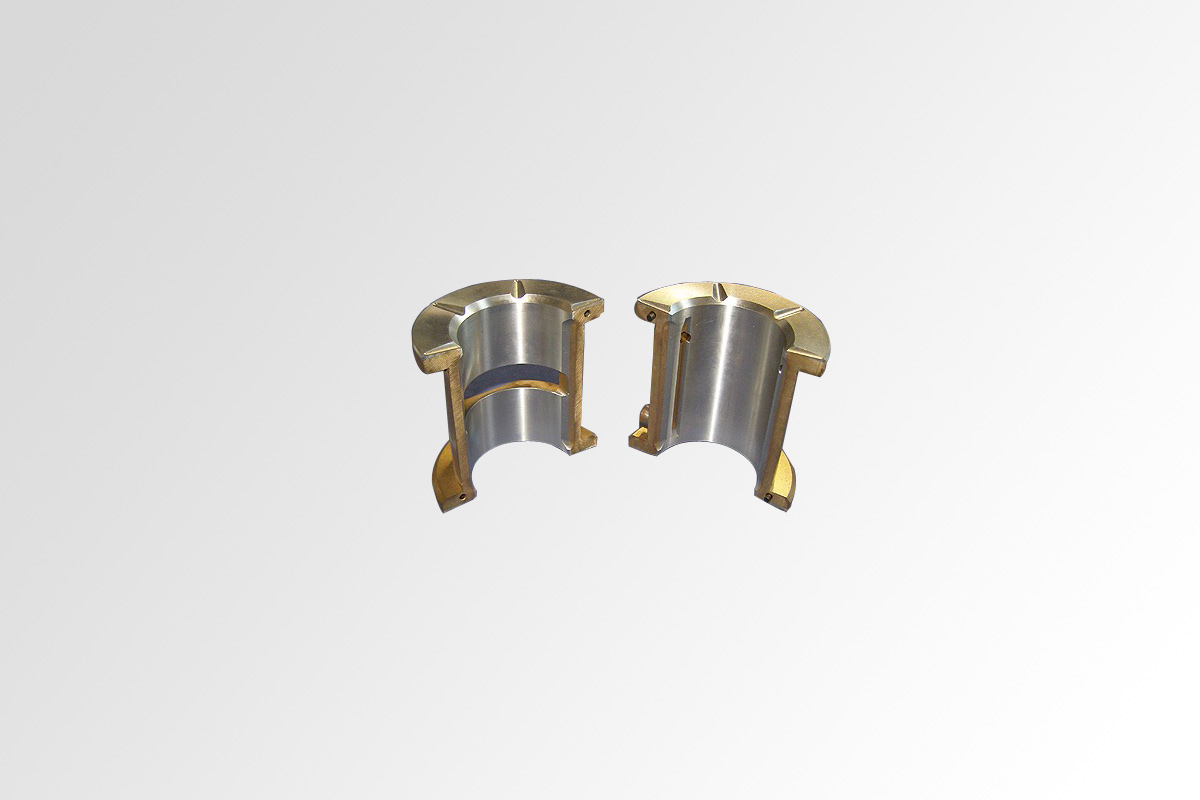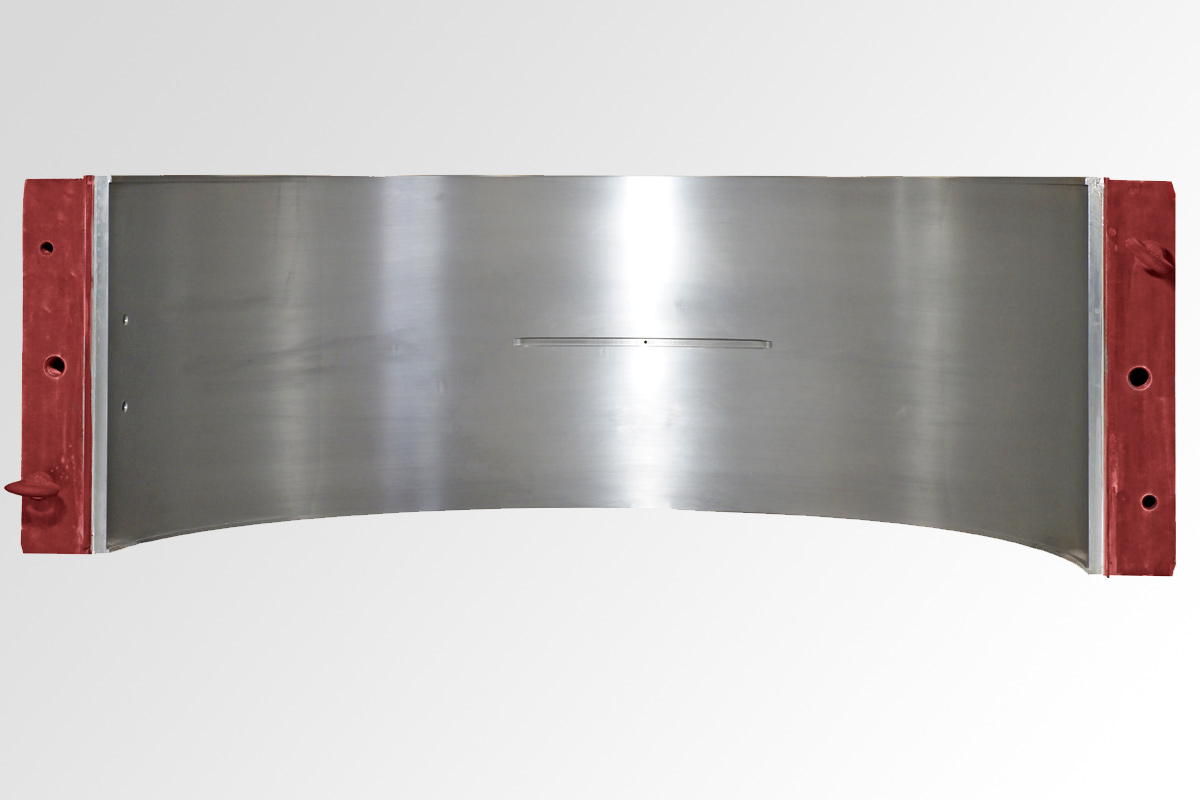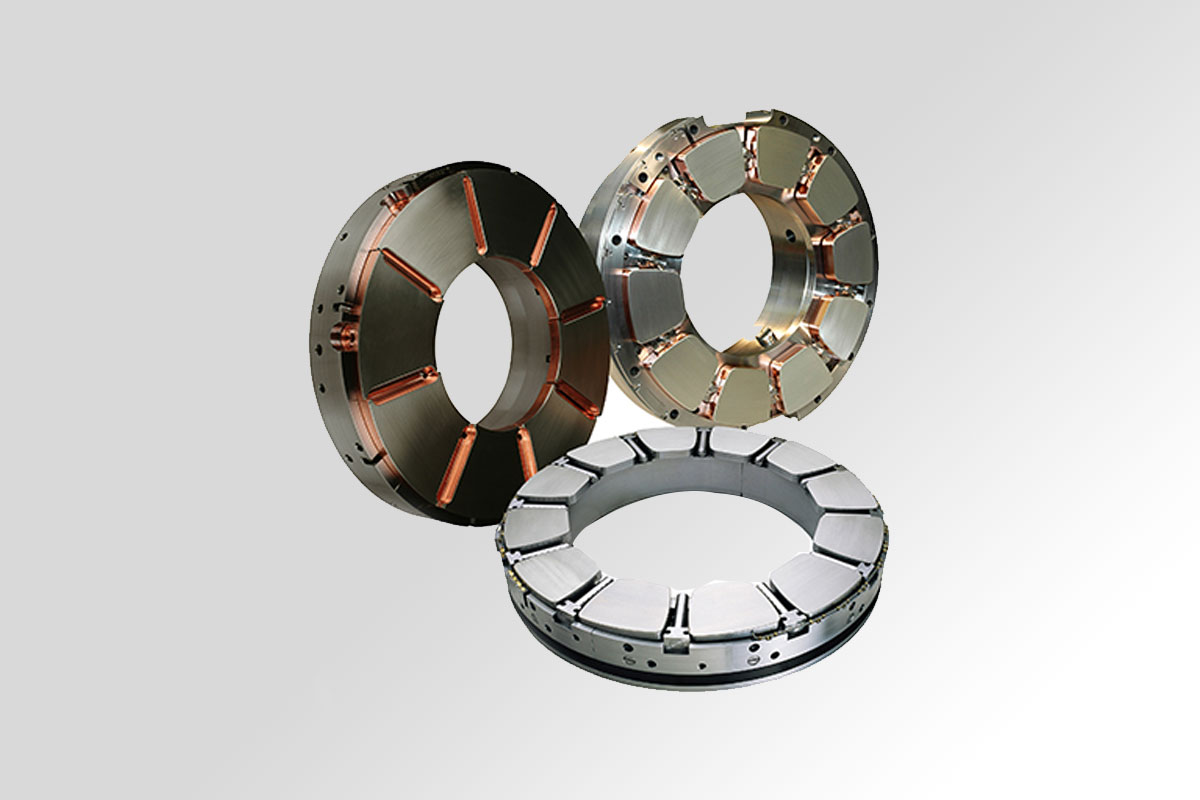When you walk through a power plant, steel factory, or refinery, you hear the hum of machines, feel the vibration of rotating equipment, and sense the sheer energy in motion. But what you don’t see is the silent component that keeps it all running smoothly—fluid film bearings.
They may not look like much. No gears, no moving balls, no flashy mechanism. Yet these humble components are the foundation of reliability in heavy-duty industrial systems. At Metatek, we’ve worked with industries for decades, supplying high-performance fluid film bearings tailored to the most challenging applications. And if there’s one thing we know, it’s this: when fluid film bearings are working well, your machines barely whisper.
Let’s break down what they are, how they work, and why they’re more significant than most people even realize.
What Are Fluid Film Bearings?
Fluid film bearings are bearings that split moving components with a thin, uninterrupted film of fluid—usually oil. It’s like a bed of oil between two metal components. Instead of grinding or scraping, the pieces slide. That sliding, that softness, is the key to longer machine life, lower friction, and smoother operation.
It isn’t sorcery—it’s engineering in its most beautiful form. Such bearings are made to bear massive loads, operate at high speeds, and endure high temperatures without so much as a whimper.
In fact, many of our clients at Metatek are surprised when we explain how something so “passive” in appearance carries such a heavy load—literally.
How Do Fluid Film Bearings Actually Work?
The magic begins the moment the shaft starts to rotate. In hydrodynamic bearings, the spinning motion draws oil into the gap between the shaft (also called a journal) and the bearing housing. This motion forms a wedge of fluid that builds up pressure.
That pressure? It’s strong enough to lift the shaft off the surface completely. The result: the shaft is “floating” on a cushion of oil. No contact. No metal grinding on metal.
In hydrostatic bearings, things work a bit differently. An external pump supplies pressurized oil into the bearing gap even before motion starts. That makes them ideal for machines that stop and start frequently or need ultra-high precision.
In both cases, the key idea is simple: if there’s constant fluid pressure, there’s no wear. And in industry, no wear means no breakdowns and lower costs.
A Quick Analogy
Imagine sliding a heavy book across a table. Now, place a few drops of oil under it. The book glides much more easily, right? Now scale that up to a turbine shaft rotating at 10,000 RPM under the weight of a train car. That’s what fluid film bearings do—every second of every day.
Where Are These Bearings Used?
Over the years, we’ve supplied fluid film bearings to a wide range of industries—and each one uses them a little differently. Here are just a few examples:
- Power generation plants: Steam and gas turbines depend on them to run smoothly at extreme speeds and temperatures.
- Oil and gas refineries: Compressors and high-speed pumps use them to handle high loads and continuous operations.
- Steel and metal manufacturing: Rolling mills depend on their capacity to dampen vibration.
- Maritime: Propeller shafts and ship engines utilize fluid film bearings to accommodate radial and thrust loading in wet, corrosive conditions.
- Aerospace: High-performance engines and control systems utilize special forms of these bearings for precision and reliability.
In all instances, the risk is high—millions lost in lost time, expensive repairs, safety risks. That’s why proper bearing selection isn’t an engineering choice only. It’s a business decision.
Why Do Engineers Prefer Fluid Film Bearings?
There’s a reason our team at Metatek often recommends fluid film bearings for critical machinery. Here’s why they outshine rolling bearings in heavy-duty environments:
- They carry much heavier loads without deforming.
- They last longer—with no physical contact, there’s minimal wear.
- They run quieter—no clanking or rattling.
- They dampen vibrations—crucial in high-speed operations.
- They can operate continuously for years with minimal maintenance.
Yes, they may cost a bit more upfront, and yes, they require proper lubrication systems. But in the long run, they pay for themselves many times over in reduced maintenance, better efficiency, and longer equipment life.
Types of Fluid Film Bearings You Should Know
Every industry has its unique challenges. That’s why fluid film bearings come in different designs to match:
- Hydrodynamic Bearings: These rely on shaft movement to build up the fluid film. Simple, efficient, and widely used.
- Hydrostatic Bearings: These use external oil pumps to maintain film pressure—ideal for sensitive applications like CNCs or telescope mounts.
- Tilt Pad Bearings: These have individual pads that pivot to adapt to shaft motion, offering maximum stability at high speeds.
- Sleeve Bearings: Also called journal bearings, these are cylindrical and common in electric motors and pumps.
- Thrust Bearings: Designed to handle axial loads—where the force pushes along the axis rather than across.
At Metatek, we offer all these types, customized to match your machine specs, load profile, speed, and working environment.
The Role of Lubrication: It’s Not Just Oil
Let’s be clear—lubrication isn’t optional. It’s the lifeblood of fluid film bearings.
Choosing the right oil means everything. Too thick, and the machine strains to move. Too thin, and the oil film breaks down, causing wear. Our engineers work closely with clients to pick the right viscosity, additives, and flow rate.
But that’s just the start.
We also help with:
- Oil filtration systems to keep dirt and metal particles out.
- Cooling systems to manage heat buildup.
- Oil condition monitoring to detect problems before they turn serious.
Remember, the cost of a good lubrication system is tiny compared to the cost of replacing a turbine shaft.
Maintenance Tips from Our Engineers
Fluid film bearings are low-maintenance—but not no maintenance. Based on our field experience, here’s what we recommend:
- Monitor temperatures regularly. A sudden spike may indicate a problem with lubrication.
- Do vibration analysis every few months. It can reveal misalignment or imbalance early.
- Use clean oil—always. Even tiny particles can score the bearing surface over time.
- Inspect seals and pumps during scheduled shutdowns.
With these practices in place, we’ve seen some fluid film bearings operate flawlessly for over 20 years.
What Makes Metatek Different?
Metatek don’t just make bearings. We solve problems. We listen to what your machine needs, study your operational environment, and design a bearing that fits—not just physically, but strategically.
- We offer custom-engineered solutions for unique load, speed, and thermal conditions.
- Our materials are top-grade, tested for durability under stress and heat.
- Our in-house R&D lab and test rigs simulate real-world loads before your bearing ever sees the field.
- We assist customers with after-installation service and lubrication guidance in order to realize optimal long-term performance.
It’s an era when reliability equals profitability, and that type of support isn’t nice-to-have—it’s must-have.
Conclusion: Small Piece, Huge Impression
If you consider the gear that drives your firm—a gas turbine at an energy plant or a compressor at a refinery, for instance—it’s easy to lose sight of the role played by bearings.
But in our experience at Metatek, fluid film bearings aren’t parts—they’re protectors. They protect your investment, your uptime, and your performance.
Understanding how they work is your competitive edge. Having the right supplier reassures you.
If you require a long-term partner familiar with bearings inside-out and capable of engineering solutions that keep pace with your drive, Metatek is here to help.
Because if your machinery runs better, your business runs better.










